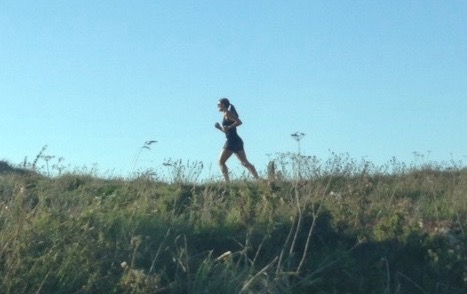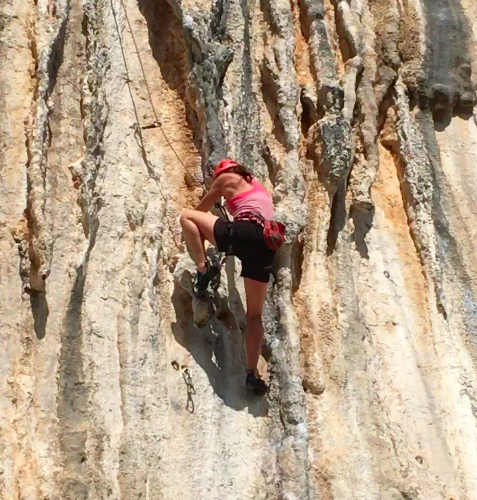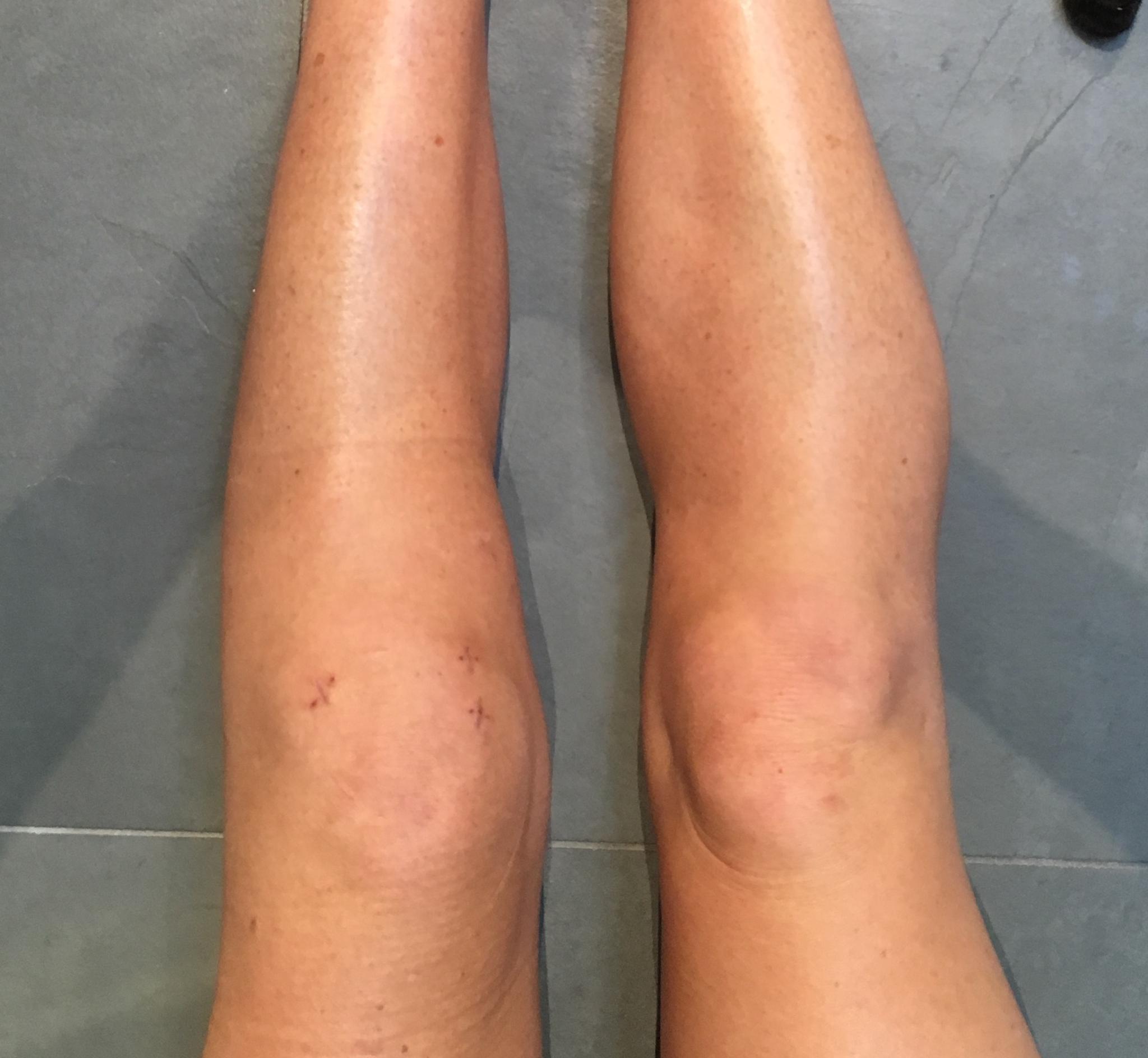Ignore knee pain at your peril
I'd never thought much about looking after my knees until I hit my forties. I’ve always been active – going for a run at least a couple of times a week since I was in my teens. It's part of who I am. Each time, I'd clock up between three and seven miles. As anyone who is in training for the London Marathon will know, running is a meditation, a physical effort that is virtually free and can be done from your front door.
So when, at the age of 43, my left knee started to feel sore and swell up after a run, I was worried. At first I ran through the pain, before trying other ways. I learned to run more on my forefoot which took some of the strain from my joints, but it didn't stop the knee pain. I even tried barefoot running, but I couldn't be doing with it.

Eventually, I saw a consultant who suggested an MRI. The result: a lateral tear in the meniscus, the cartilage which forms a smooth pad on the back of the knee cap. The consultant didn’t recommend surgery, but suggested that I gave up running and ‘made friends with my bike’ instead. A physio gave me lots of strengthening and balancing exercises to help build up the muscles around the knee joint. It seemed to settle down, and a few months later, I tentatively began running again – first in short, minute-long bursts on the running machine, with two minutes’ walking in between, then back on the coast paths and beaches near my home in west Cornwall.
But it was no good: even with the gentlest of jogs, my knee kept swelling and left me in agony.
Finally, last year, I opted to go private and see Simon Moyes, a top arthroscopic surgeon who was unequivocal. I had a bad lateral tear of the meniscus and I definitely needed surgery. Not just to be able to run again, but to be able to use the knee into old age. In many cases, fixing the cartilage just involves shaving jagged or torn bits of cartilage away to provide a smoother surface to run over the joint. It can be done with keyhole surgery, and the patient should be able to start walking on it within a day. Complete recovery can be speedy from this sort of operation.

However, my runner's knee was not so straightforward an operation. I’m embarrassed to admit there was another reason that the tear had got worse. Although I had stopped running, I continued to do the thing that, it turns out, probably caused the tear in the first place: rock climbing, which involves lots of high steps, deep knee bends and all manner of twisty gymnastic manoeuvres.
It might cheer some midlife runners to know that many knee problems, especially cartilage tears, are not usually caused by running. Twisting and over-bending the knee are far more likely to cause tears – not the continual pounding of your feet on the ground. However, cartilage tears can happen fairly easily, and the problem is exacerbated the moment you start doing any impact sport.
While I had tried to protect my knee during climbing – favouring my ‘good’ knee and pulling up more on my arms to avoid high steps on my ‘bad’ knee, I have no doubt that I made the situation worse. The knee surgery was going to be very debilitating, leaving me out of action for six weeks.
The operation was done arthroscopically, a minimally invasive technique that involved making three tiny incisions – one for the camera and two for access to the inner workings of the joint. I still can’t understand how orthopaedic surgeons can get in there and sew up a few centimetres of slippery cartilage, all while looking at a screen, when I can’t even sew a Scout badge on my daughter’s uniform without bungling it up and swearing profusely.
The cartilage is a bit like fibreglass – although it is smooth on the outside, it is made up of lots of tiny filament-like strands. In my case, the surgeon put sutures around all of the frayed strands and closed up the gap. There was another slight complication in that fluid from the joint had leaked out through the gap in my cartilage and formed a hard, painful cyst on the outside of my knee. Impingement – when a lump catches on nerves or soft tissue – from the cyst had been causing pain and swelling, but I was promised that, once the tear had been repaired, the cyst would subside.
My recovery was awful. As a single mum of two young-ish kids, my world suddenly got way more complicated. While there was minimal pain, having my knee in a semi-rigid brace, held at a 30-degree angle, all day and all night, was annoying. Not being able to put any weight on my left leg for four weeks, and unable to drive for two, was nothing short of infuriating.

When not in a self-pitying mood at my inability to carry a cup of tea across the room or do the laundry without dropping stuff and having to hop back and forth around the house, I felt a deep and visceral empathy for anyone with any kind of disability. My issues were minimal and finite, and I kept having words with myself: that all of these minor inhibitions were to enable me to be even fitter and stronger than I was before. After four weeks, I was able to take the brace off and walk without crutches. My left leg had withered to the size of my forearm, but with a daily programme of leg exercises, it was back to its usual size within a fortnight.
It’s now three months since my operation. I have been back on my bike almost every day, and hitting the cross trainer and exercise bike at the gym. A brief foray into the climbing wall, however, left my knee swollen and painful, and running just seems plain impossible.
Concerned that I had somehow blown my recovery (my physio helpfully told me that ‘only one in five of these operations are successful’), I went back for an MRI last week. Thankfully, the meniscal repair is intact, but some of the cyst is still there – although it is shrinking. It is the cyst that is causing residual pain and swelling. The surgeon has told me to wait another six weeks before running or climbing again. If the cyst is still there by then, he will inject and drain it.
